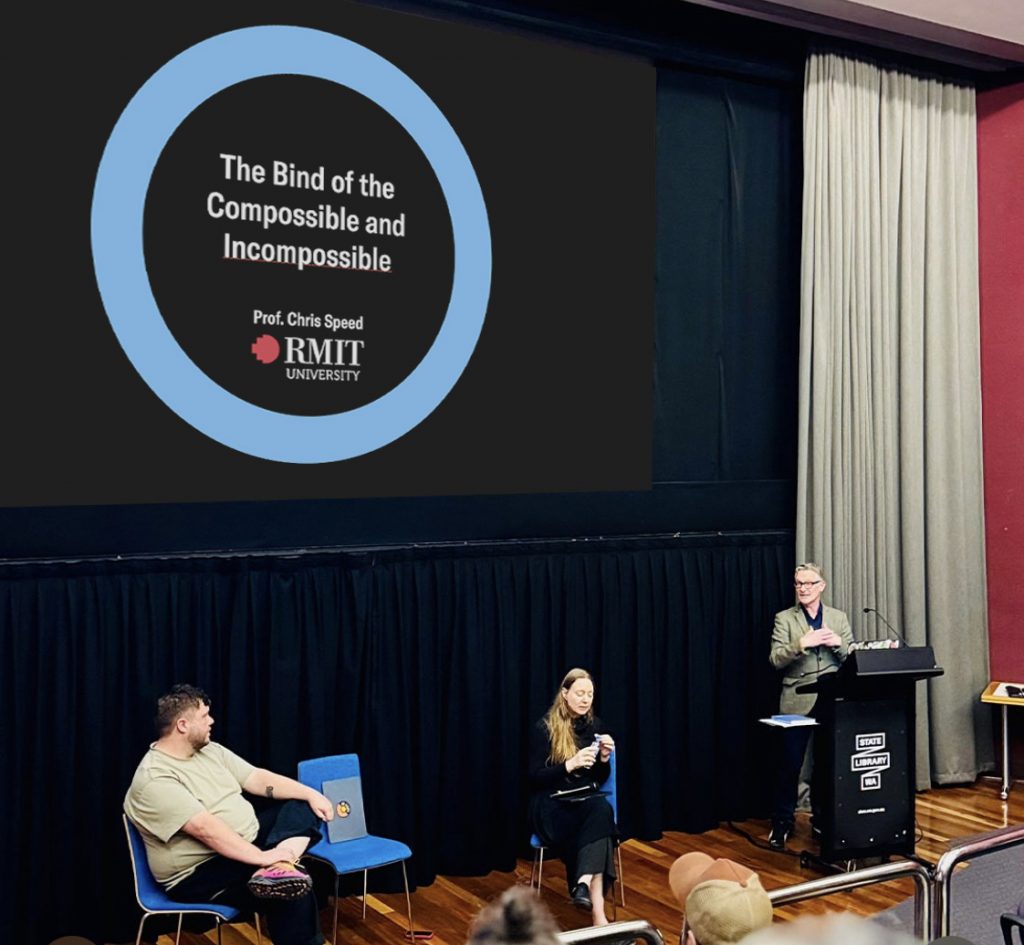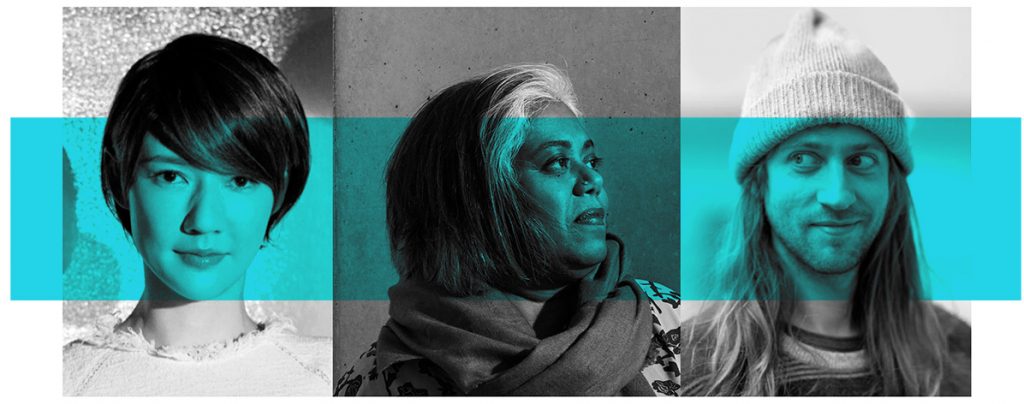Co-Things
Way back at the end of July, Jen and I came together to present some of the data portraits that she’d collected from the Comob Net database of groups using the iPhone app. The data portraits were gathered during her residencies at ISIS arts and Pervasive Media Studio.
The portraits soon became enduring images of peoples connection to each other, and each video describes how different groups relate to each other across space, and in the complex timezones that the application facilitates.
Whilst interesting on the their own, we wanted to develop a method of presenting them in a gallery context. Primarily for Jen’s PhD viva in May, but also for the EVA Conference in July 2013. The Electronic Visualisations and the Arts (EVA) conference offered a critical platform for us to explore how the portraits could be manifest in manner that explored the presence of social networks in a manner that expressed the absence of the identities of the people involved. Interested in the role of objects as actors within the social activities, coffee cups, packages and playing cards, offered a material presence and surface for the immaterial traces of the comob relationships that were projected from pico projectors.
Reconstructed in September in Edinburgh, the combination of objects and projections that are Shared Distances, constitute what we have begun to call ‘co-things’. Things being the events around which members of comob groups develop meaning and ultimately relationships. Both material and immaterial, and always in time and space, ‘co-things’ give priority to the objects that we exchange through meetings, work relations, family events and love affairs. From as mundane as coffee cups to the unknown contents of DHL packages, the artworks have allowed the objects to become animated as their membership in the events are acknowledged. The Shared Distance exhibition of co-things shifts the representation of ‘flow’ that is often visualised through the movement of people at the expense of the objects that are being moved. In the Shared Distance shows objects offer the material presence, and the comob networks reveal an immaterial flow.
Excerpt of the EVA short paper below – full paper (although very short) can be found here: http://ewic.bcs.org/content/ConWebDoc/51003
DATA PORTRAITS
The Comob Net App has been available in the Apple App Store for over three years and has been downloaded by people across the world to allow them to visualise relationships. In that time the Comob database has been accruing evidence of peoples relationships as they use the app. The terms of conditions of the distribution of Apps through the Apple App store prevents distributors of software to know very much about who downloads a particular App. This has left the authors in the curious position of having access to the traces of connections between people but not knowing what the nature of the relationship is or what activities they are performing (fig 1).
Figure 1: Family gathering at Christmas 2010 (2013) Jen Southern & Chris Speed.
The data portraits that we have gathered show a delicate set of social choreographies, families who come and go but always meet back at the same location, a transport company that is continually on the move, lovers who keep in touch when they are away from home, and friends who co-ordinate their annual holiday party. The portraits represent the real and imagined lives that their anonymised GPS traces evoke. In the Shared Distance installation (Electronic Visualisation and the Arts exhibition and conference 2013) GPS data of actions that have happened over weeks, months and years were replayed as abstracted animations, and projected on to evocative objects (fig 2).
GPS is often thought of simply as a navigation aid for individual people or vehicles. This chapter problematizes this idea by describing how the Comob Net app enacts complex relationships as part of a social assemblage of people, cities, animals, vehicles, satellites and networks. It explores how GPS is becoming embedded in social experiences and how new kinds of relationships are performatively co-created between people, places and technologies in a world that is increasingly on the move. Rather than the Google Maps ideal of making everything visible from everywhere in satellite and street view images the work suggests that all views are partial fragments through which proximate and distant interactions are entangled. In this sense GPS technology is extending the reach of action and vision at a distance, and is becoming part of the social choreography of everyday lives.
Figure 2: Shared Distance 1, relationships projected on to objects (2013) Jen Southern & Chris Speed
Related posts

“This communication is not for you.”
Looking to connect 2 recent events / conversations (as is my want) this time to explore a fundamenta

Design Frequencies: Sharing International Practice in Design Research
Already deep into semester two here. Last semester School of Design RMIT College of Design and Socia

The Labour of the Rejected / “Walk the Plank”
Still playing catchup with so many events. A few weeks ago during hashtag#DIS2025, Mafalda Gamboa an

Design Contradictions
Two projects during Melbourne Design Week with collaborators Michael Dunbar and Liam Fennessy to exp

Paradox of Collaborative Speed
Two events in Melbourne over the past 10 days week revealed a tension across contemporary technology

Slow Materials, Slow Money: Can Design Decelerate?
Two events that I’m trying to tie together to glean some connections. The CHI panel on Regenerativ

From Food Networks to AI Governance
Back to reporting on events in Narme/Melbourne. From Food Networks to AI Governance: Reflections on

Planetary Pedagogies
Following the launch of PlanetaryCivics two weeks ago, this is the second extension to contributions

Space Debris to House Keys
Part 2 of catching up with the weeks of activity in Melbourne through February. From Space Debris to

Measuring our demise
Oh Melbourne, three parallel events that spanned the week: RMIT College of Design and Social Context
